Weekly Indices
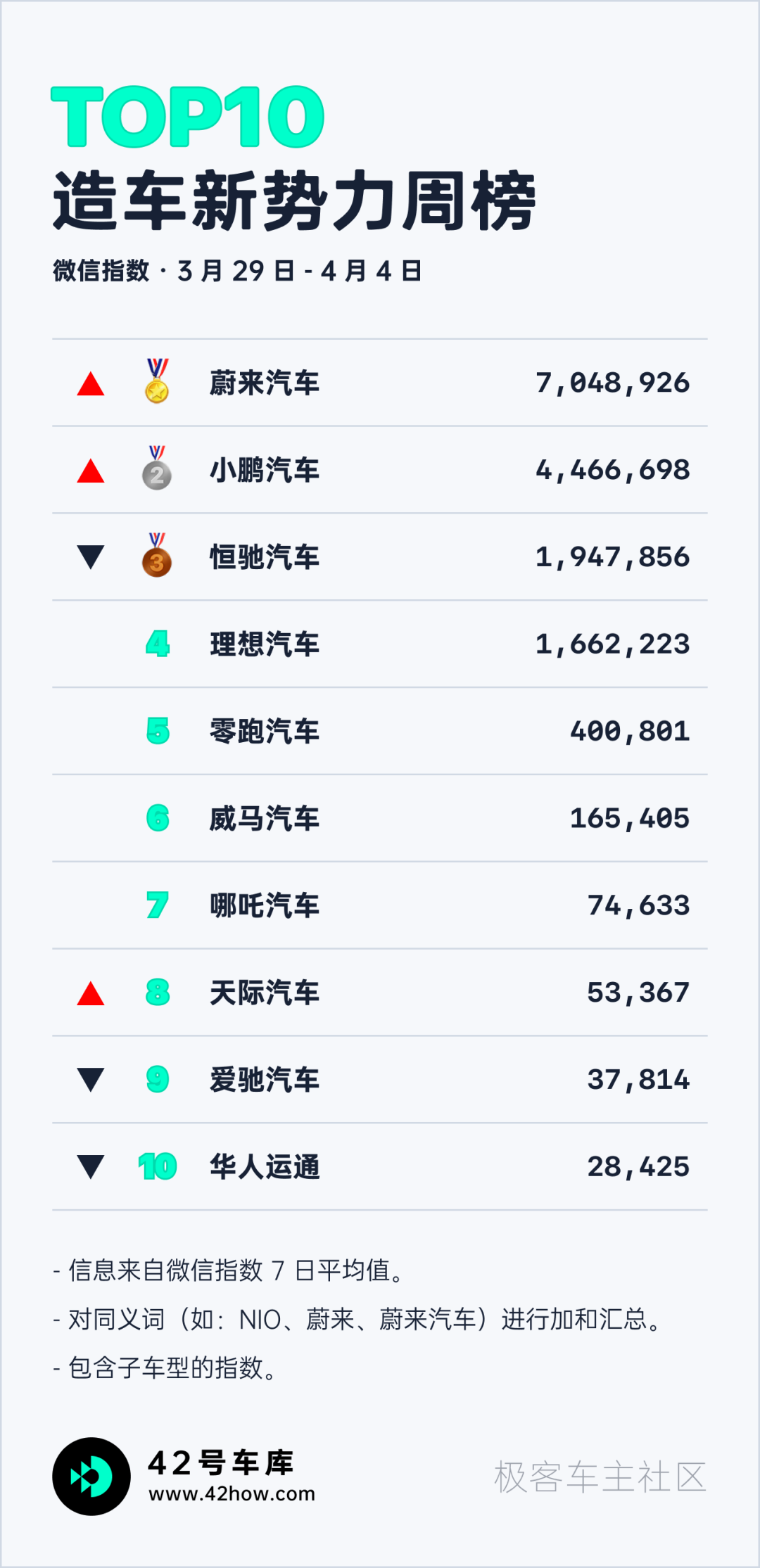
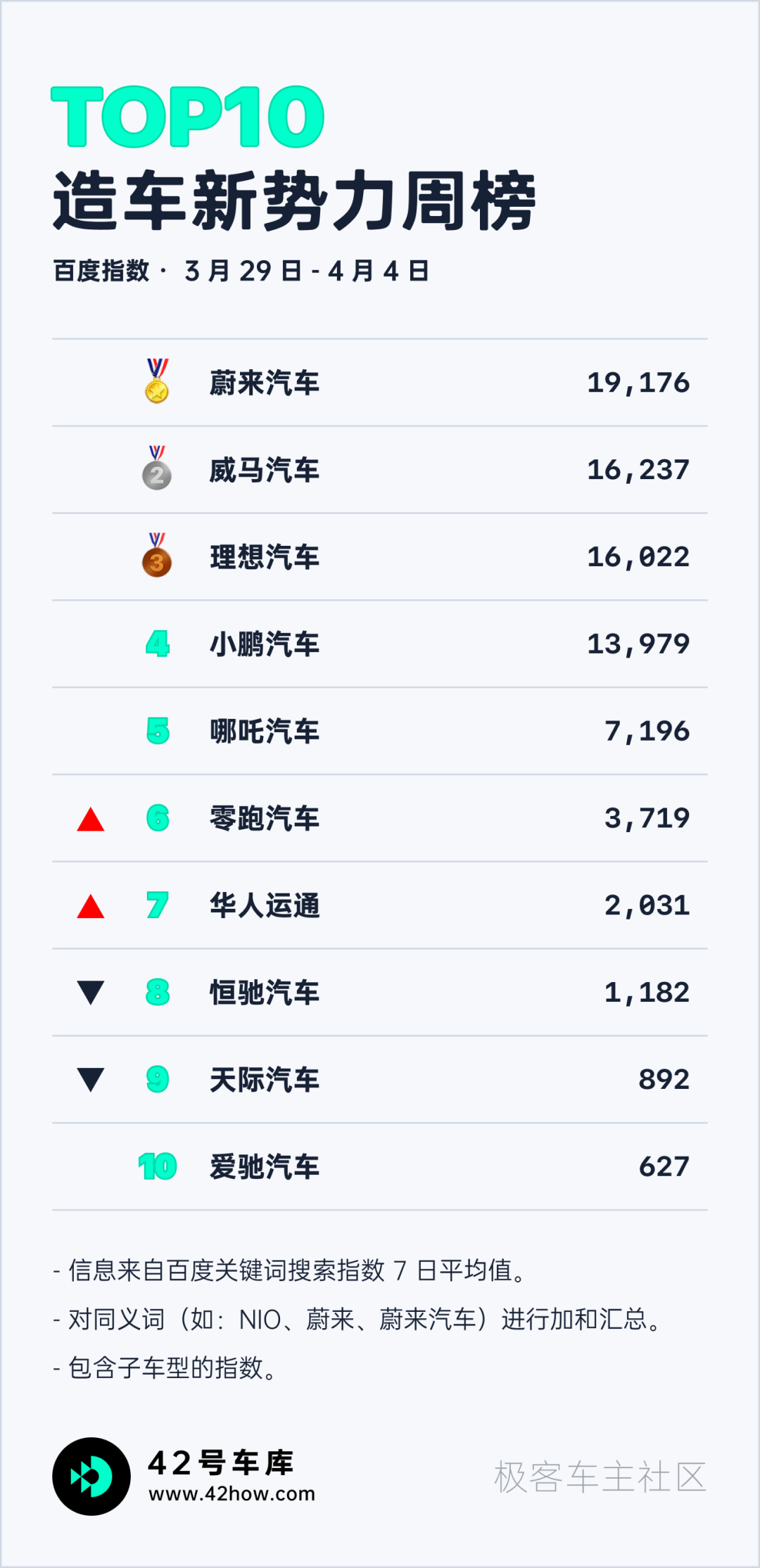
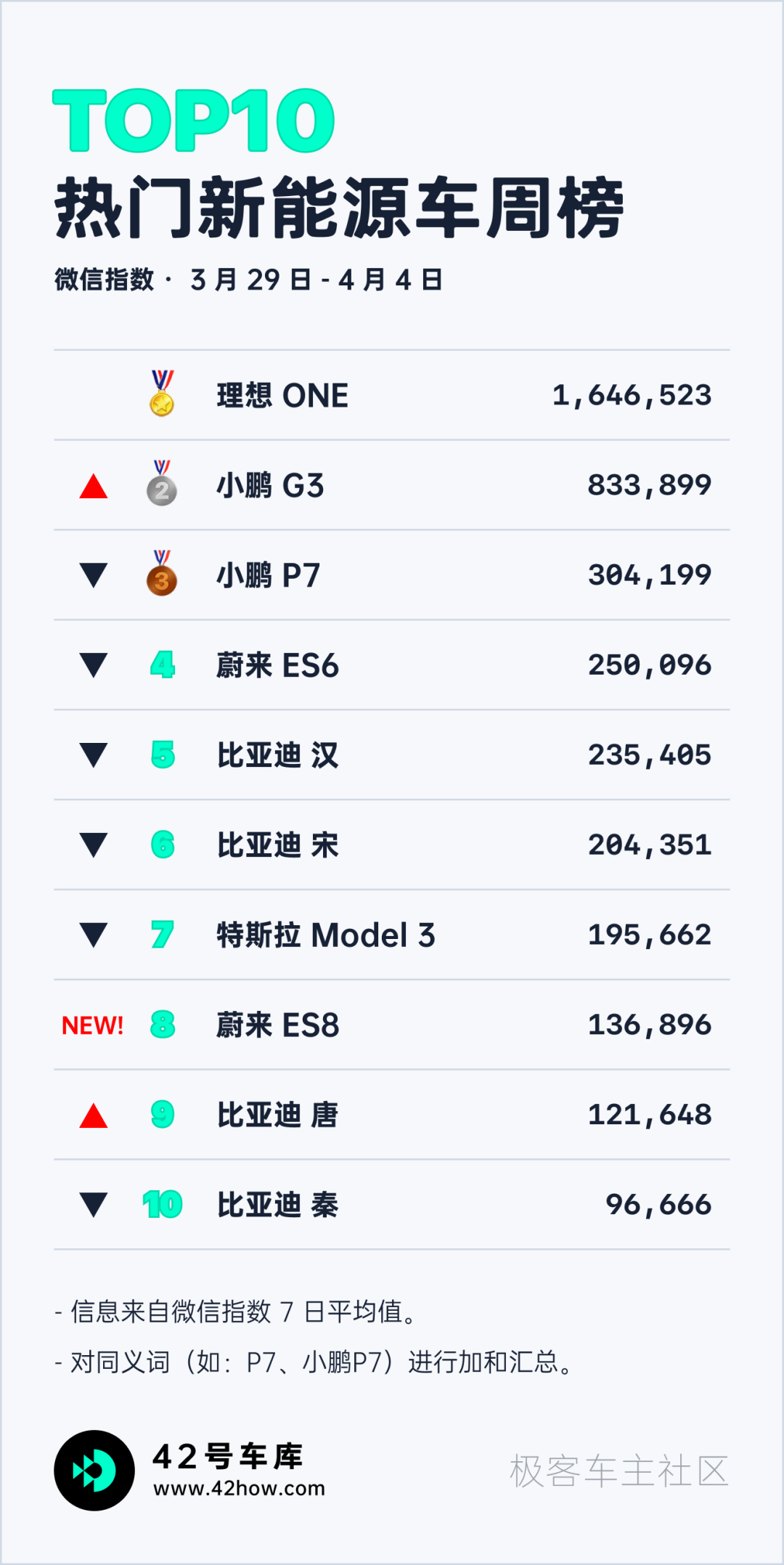
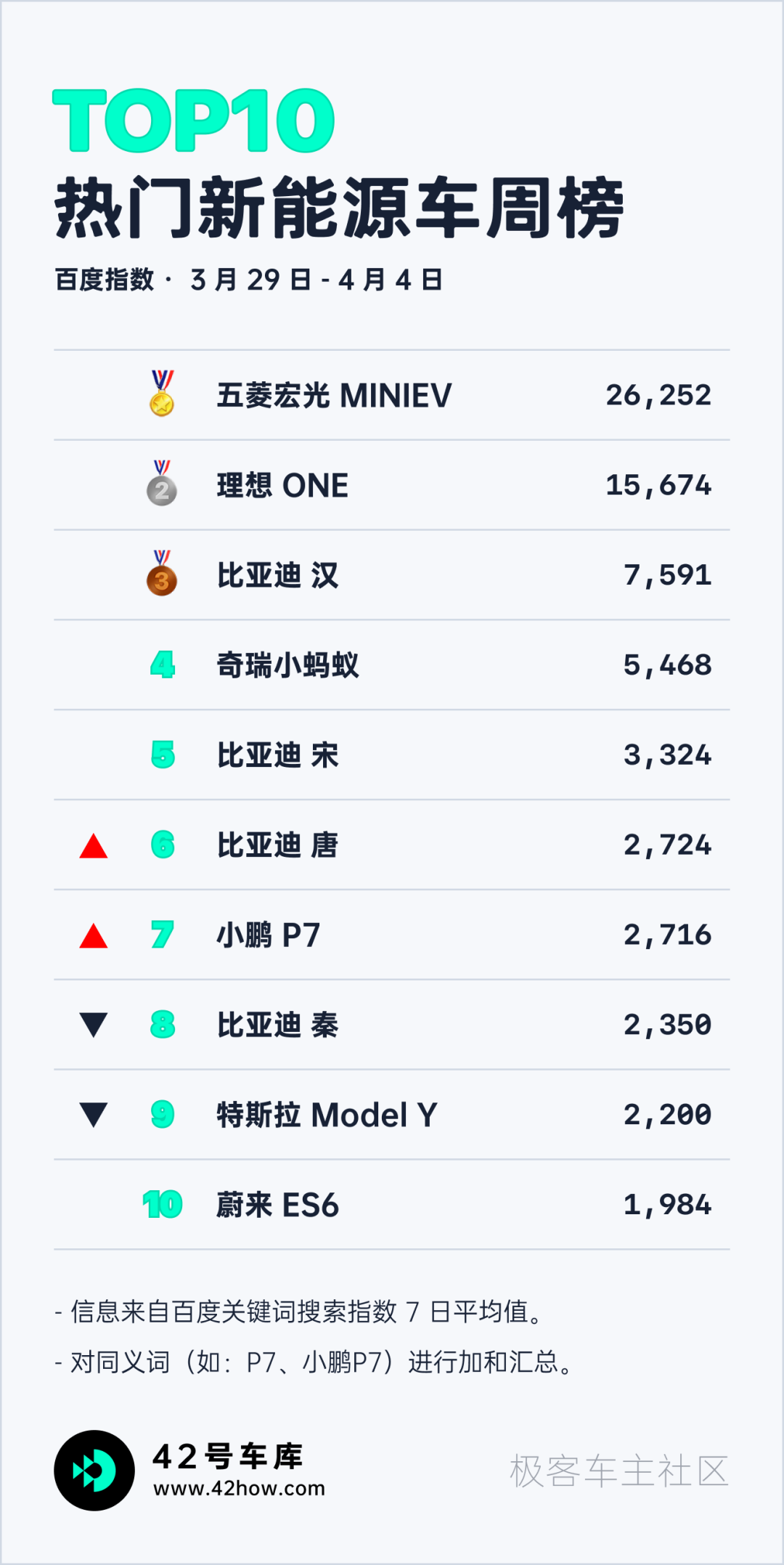
Weekly News
Equipped with a 108 kWh battery pack, Mercedes-Benz releases EQS technical specifications
After releasing the interior of EQS last week, Mercedes-Benz recently released some technical specifications of EQS. EQS will provide two models: EQS 450+ with single motor rear-wheel drive and EQS 580 4MATIC+ with dual motor all-wheel drive.
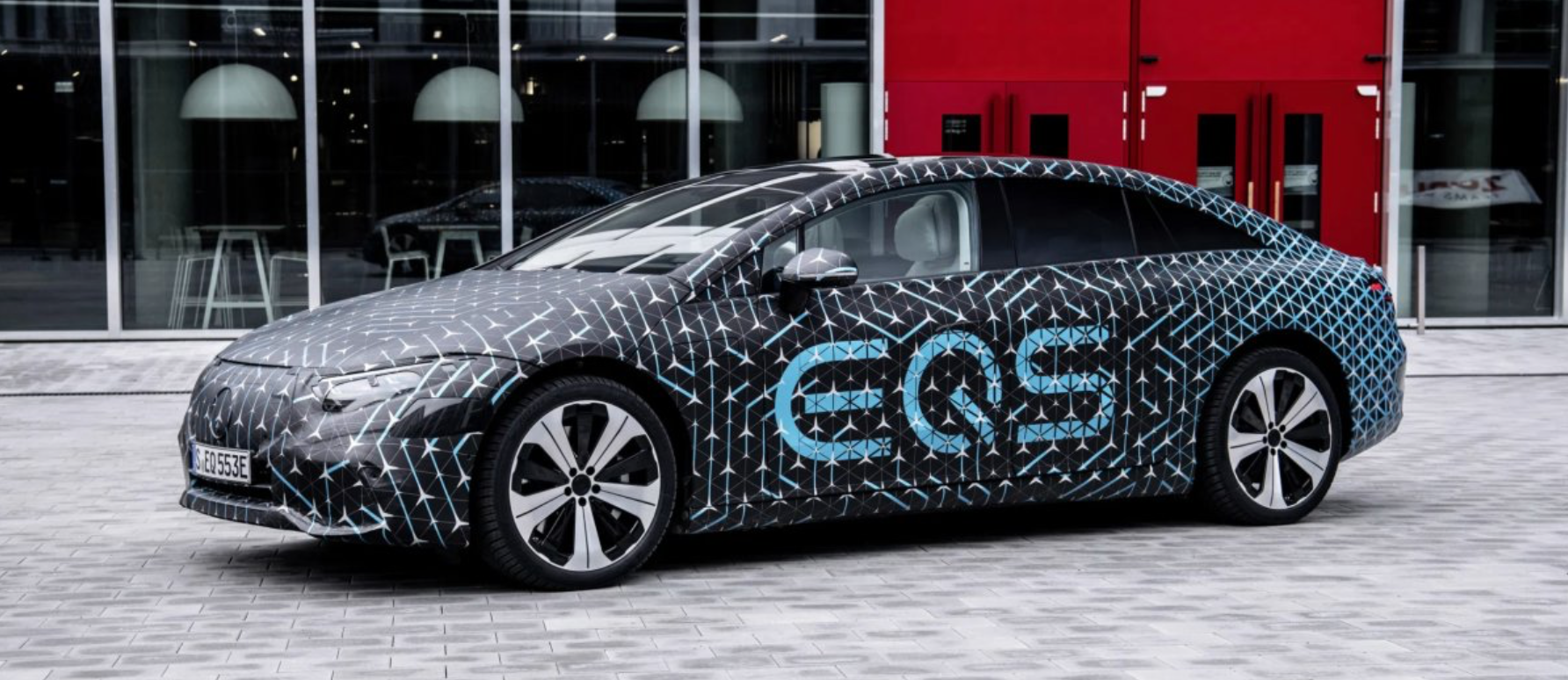
The EQS 450+ with single motor rear-wheel drive has the following parameters:
- Maximum power: 245 kW
- Peak torque: 568 N·m
- Battery pack: 90 kWh
- Average power consumption per hundred kilometers (NEDC): 19.1-16.0 kWh
The EQS 580 4MATIC+ with dual motor all-wheel drive has the following parameters:
- Maximum power: 385 kW
- Peak torque: 855 N·m
- Battery pack: 107.8 kWh
- Average power consumption per hundred kilometers (NEDC): 20.0-16.9 kWh
Both models have a maximum speed of 210 km/h; equipped with a 22 kW on-board charger, the maximum DC fast charging power can reach 200 kW, and a 15-minute charge can add 300 km of range (WLTP); global debut is planned on April 15.
Quick comment:
In January of this year, Mercedes-Benz released the MBUX Hyperscreen in-car system, which adopts the popular three-screen design, abandons physical buttons, and all operations are completed by touch. At the end of March, Mercedes-Benz also announced the interior design of EQS and responded to the touch screen, saying: “The most important thing for the touch screen is its user interface design. If we can make the user interface design very simple, clear, and let the driver and passengers operate intuitively and conveniently, it has the relevant advantages that can replace physical buttons.” With the release of these technical specifications, the global debut of EQS is getting closer and closer.### Performance Specs of JIKR001 Revealed
On April 5th, JIKR officially released the performance specs of JIKR001, with a maximum power of 400 kW for its dual-motor, maximum torque of 768 N·m, 0-100 km/h acceleration in 3.8 seconds, top speed over 200 km/h, and 34.5 meter braking distance from 100-0 km/h.
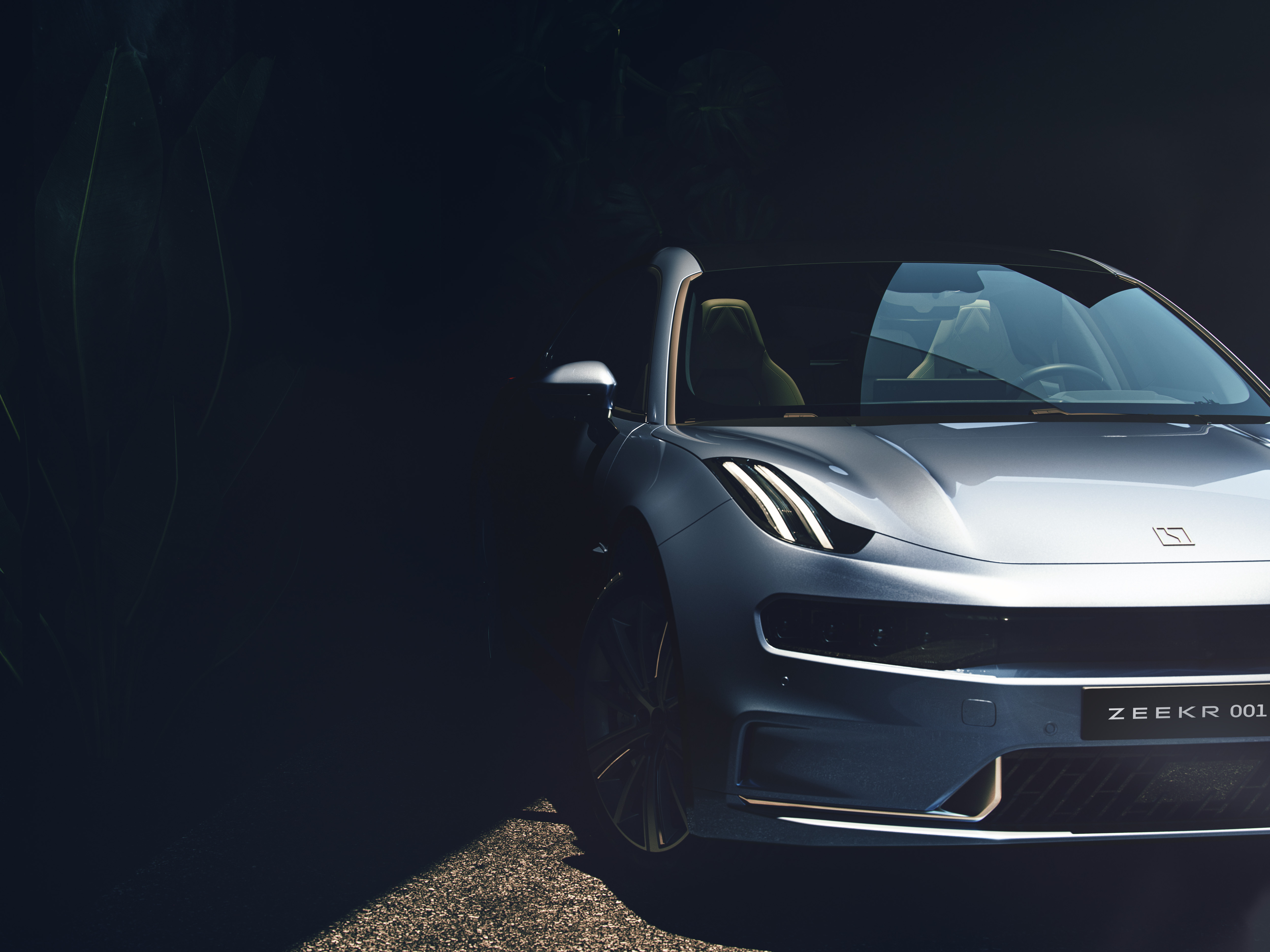
For driving performance, JIKR001 is equipped with permanent magnet twin electric drive system and features full-automatic air suspension, dynamic chassis control system, inductive automatic frameless doors, YAMAHA high-fidelity audio, and other configurations.
Quick Review:
The car model is based on the SEA Haohan architecture. According to Geely’s previous announcement, the car will be available for pre-order at the Shanghai Auto Show and delivery will begin in the fourth quarter. On April 15th, JIKR brand and product launch conference will be held at JIKR factory in Hangzhou Bay.
JIKR also explained the brand name, which is a trend-setting technology brand. JIKR signifies “extreme,” representing uncompromising product performance and user experience; “krypton,” the chemical element Kr, is a rare gas that emits light during discharge and is a symbol of the electric drive intelligent era. ZE stands for ZERO, which starts from zero, and represents both the starting point and the infinite possibilities endpoint. “E” stands for Electric, Evolution, and Era, representing the era of electric drive evolution.
GMC Unveils Pure Electric HUMMER EV SUV
On April 3rd, local time, GMC released the HUMMER EV SUV, which is planned to be launched in 2023.
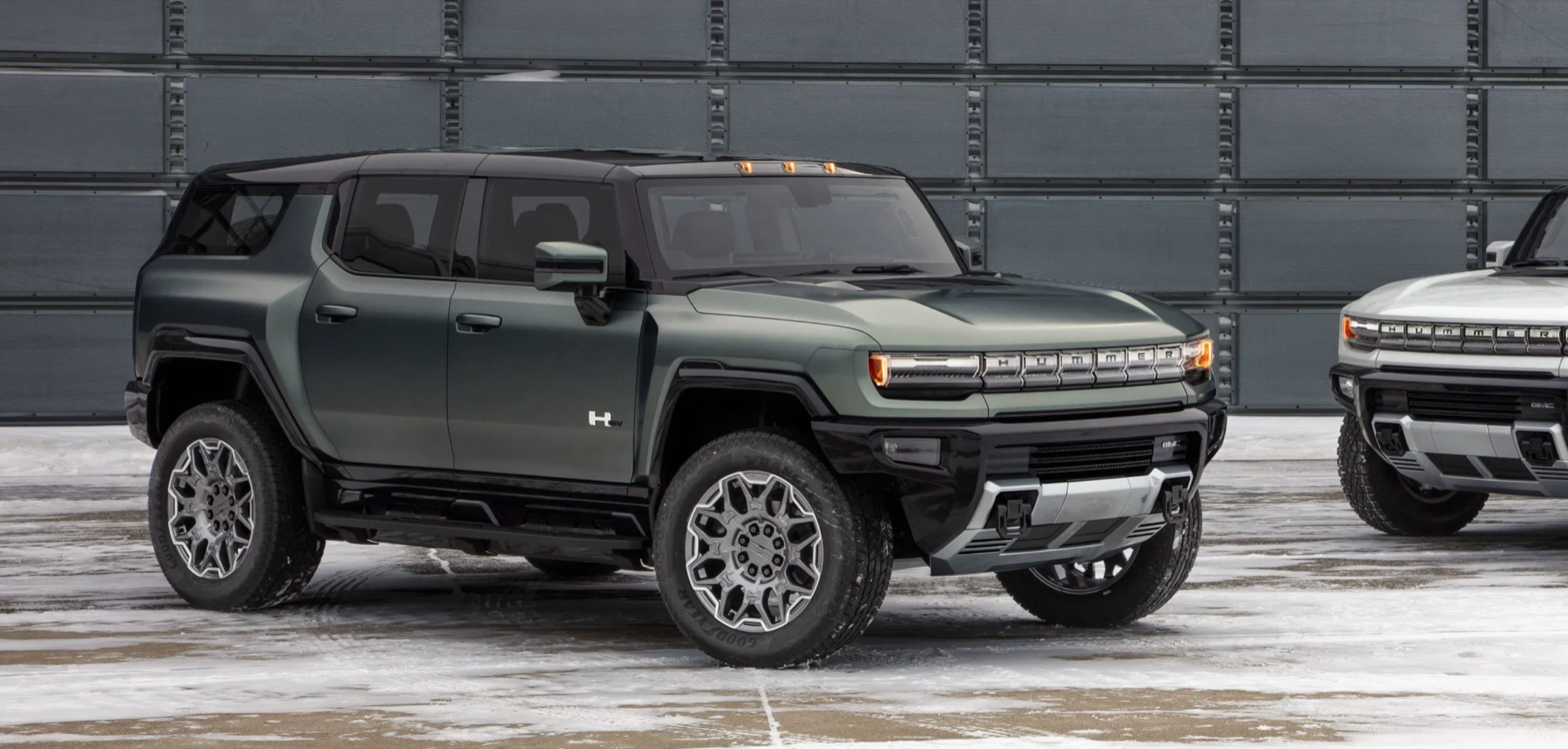
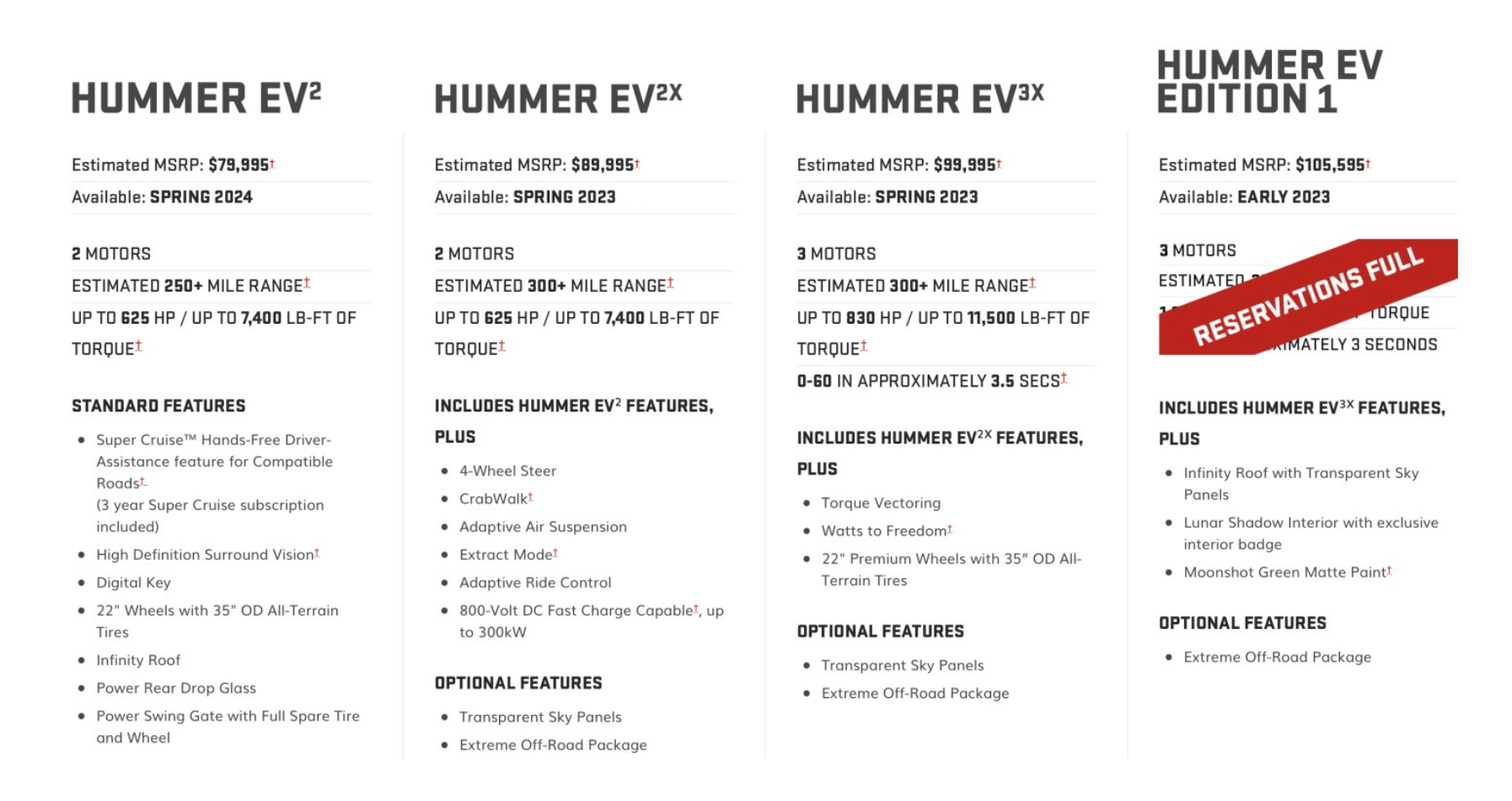
The HUMMER EV SUV is equipped with GM’s Ultium electric drive technology and has a range of 563 kilometers under EPA test conditions. The three-motor HUMMER EV SUV has a maximum power of 830 horsepower and can accelerate from 0-100 km/h in about 3.5 seconds. In addition, the new car is also equipped with GM’s Super Cruise autonomous driving assistance system.
Quick Review:Regarding the release of the new HUMMER EV SUV, Duncan Aldred, Global Vice President of Buick and GMC, said, “The GMC HUMMER EV series is committed to becoming the most powerful and eye-catching electric super truck ever. The new HUMMER EV SUV goes even further, providing customers with the possibility of on-demand selection while opening up a new path of zero emissions.”
HUMMER’s brand image has always been associated with off-road and “gas-guzzling” keywords. This pure electric SUV may be a chance for HUMMER to regain new life and also indirectly prove the arrival of the irresistible trend of electrification.
Tesla announced the delivery data for Q1 2021
On the evening of April 2, Tesla announced its production and delivery data for Q1 2021. 2,020 Model S/X were delivered, while 180,338 Model 3/Y were produced and 182,780 were delivered. The total production was 180,338, and the total delivery was 184,800.
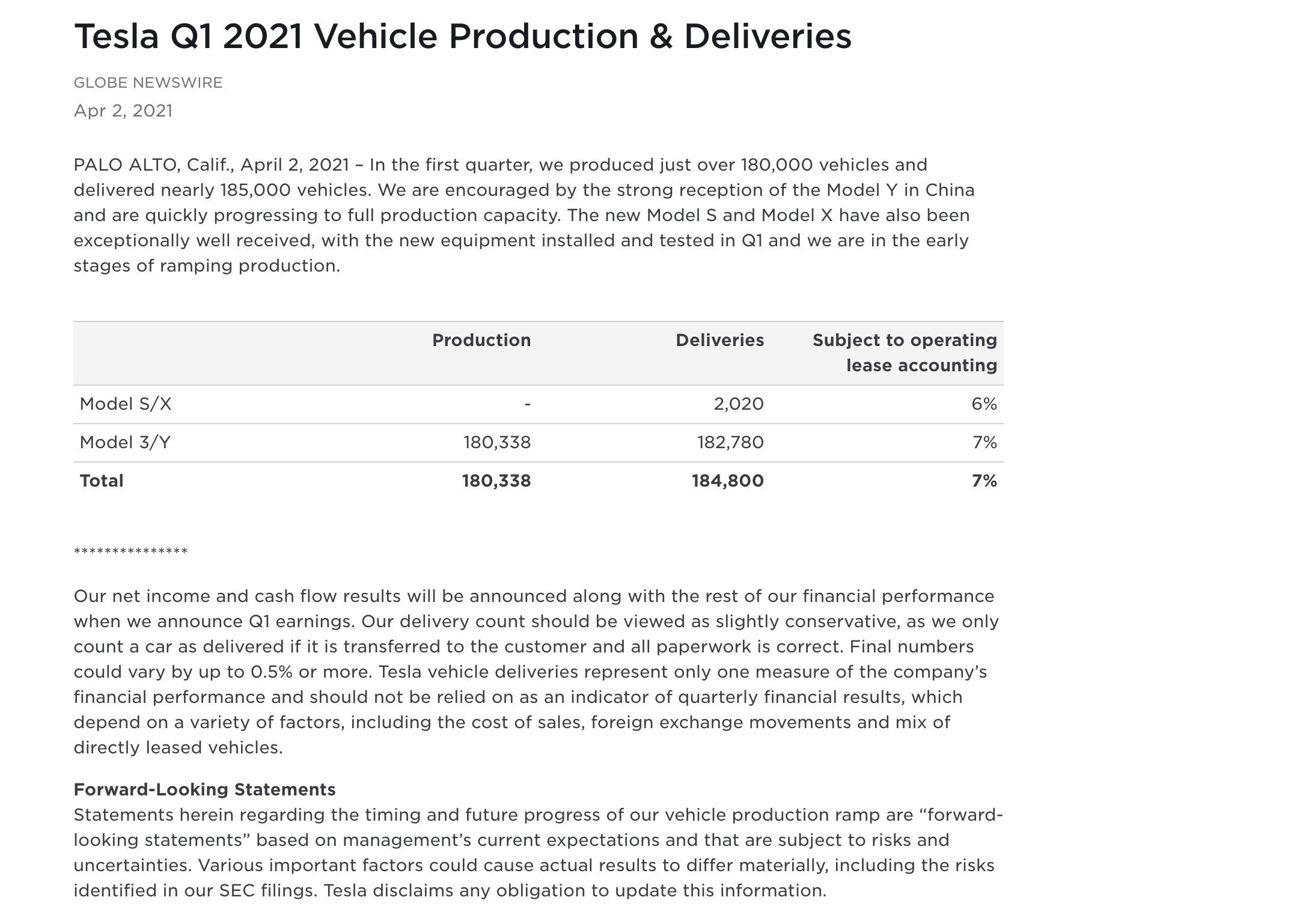
Tesla also stated that after the first quarter of equipment installation and debugging, the production capacity of Model S/X has begun to increase.
Quick comment:
At present, the annual production capacity of Tesla Model 3/Y is about 1 million units, and the production capacity of Model Y at the Shanghai Super Factory is still in the climbing stage. After the transformation, the production line of Model S/X at the Fremont factory has also resumed production and is expected to start delivering new cars in Q2. At the same time, Tesla’s Berlin Super Factory is also expected to start production this year. Taking all these factors into account, Tesla’s growth rate this year may exceed the 50% year-on-year compound growth rate mentioned in the Q4 2020 earnings conference call.
The first production line of NIO ET7 has been completed
On April 1, the first production line of NIO ET7 was officially completed at the NIO Hefei Manufacturing Base.
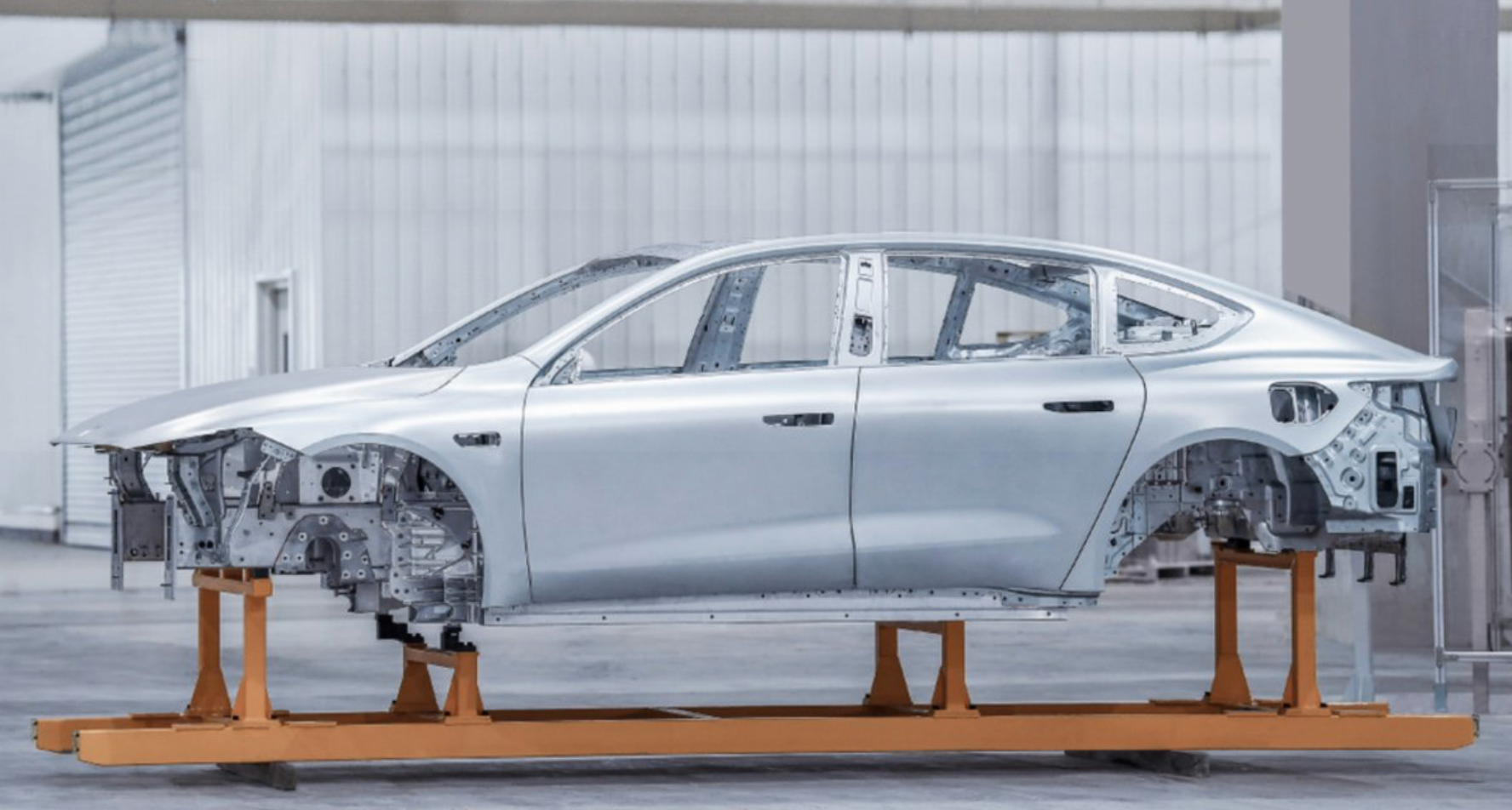
At the same time, a brand new welding production line for ET7 built by the NIO Hefei Manufacturing Base will also be put into operation.
Quick comment:
As NIO’s first flagship sedan, ET7 was released at this year’s NIO Day, equipped with a LIDAR and an 8 million pixel camera Aquila NIO Sensing System, as well as Adam NIO Super Computing Platform with computing power of 1,016 Tops. It has a range of over 1,000 kilometers and is scheduled to be delivered in the first quarter of next year.### Official announcement! Lei Jun confirms that Xiaomi Smart Electric Vehicle Project is officially launched
On March 30th, Lei Jun announced on Weibo that Xiaomi Smart Electric Vehicle Project has been officially launched, and the news was officially released at Xiaomi’s second spring product launch event that evening.
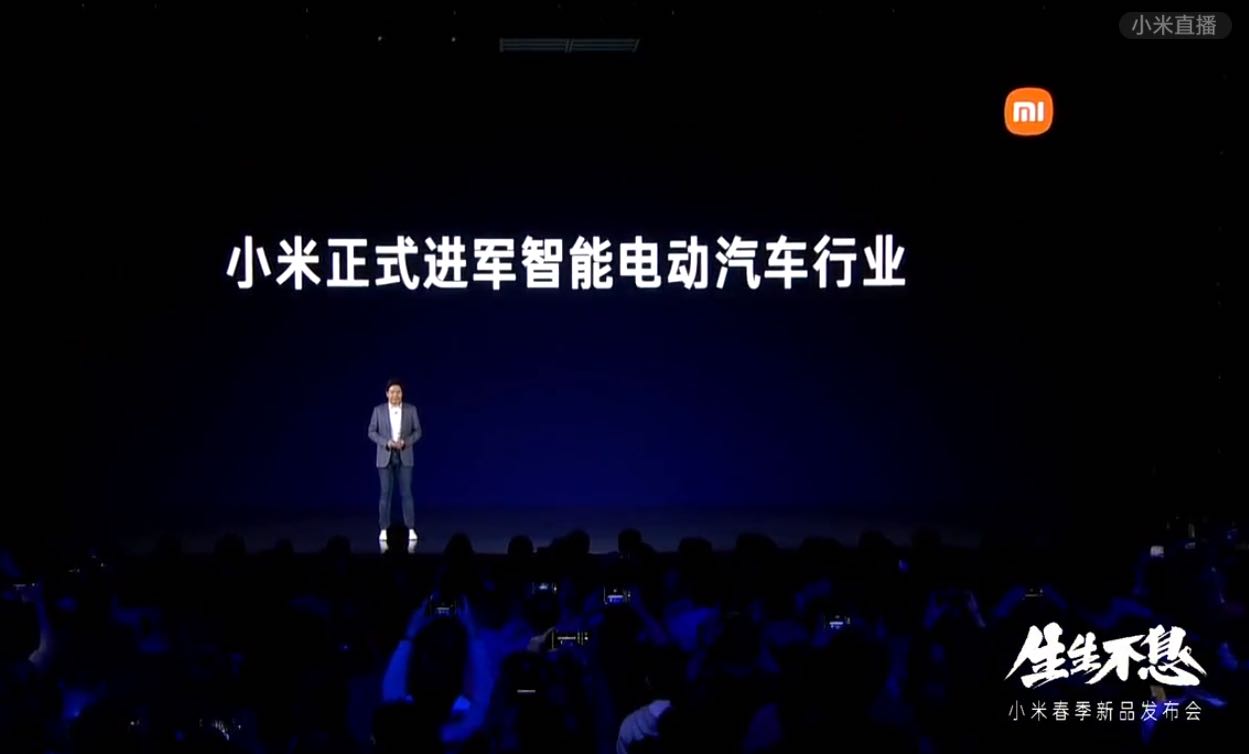
Lei Jun stated that as of the end of 2020, Xiaomi Group’s cash balance has reached 108 billion yuan, and they will use wholly-owned means to make cars, establish a wholly-owned subsidiary of the smart electric vehicle, invest 10 billion US dollars in 10 years, and invest 10 billion yuan in the first phase.
Quick comment:
Before this, Reuters and Bloomberg have reported multiple times about Xiaomi’s car-making plan. Prior to the Xiaomi product launch event, Reuters reported that Xiaomi was negotiating with Great Wall Motor, and would use Great Wall’s car factory to produce electric vehicles. However, shortly after that, both Great Wall Motor and Xiaomi denied the news.
At the Xiaomi product launch event, Lei Jun stated that Xiaomi officially started car-making research on January 15th this year. Considering their timeline, it will take at least two to three years for Xiaomi to produce their own car.
Reuters: FAW-Volkswagen buys carbon credits from Tesla in China
On April 1st, Reuters quoted sources as saying that FAW-Volkswagen will purchase carbon credits from Tesla’s China business for the first time to comply with its regulatory obligation in the Chinese market.
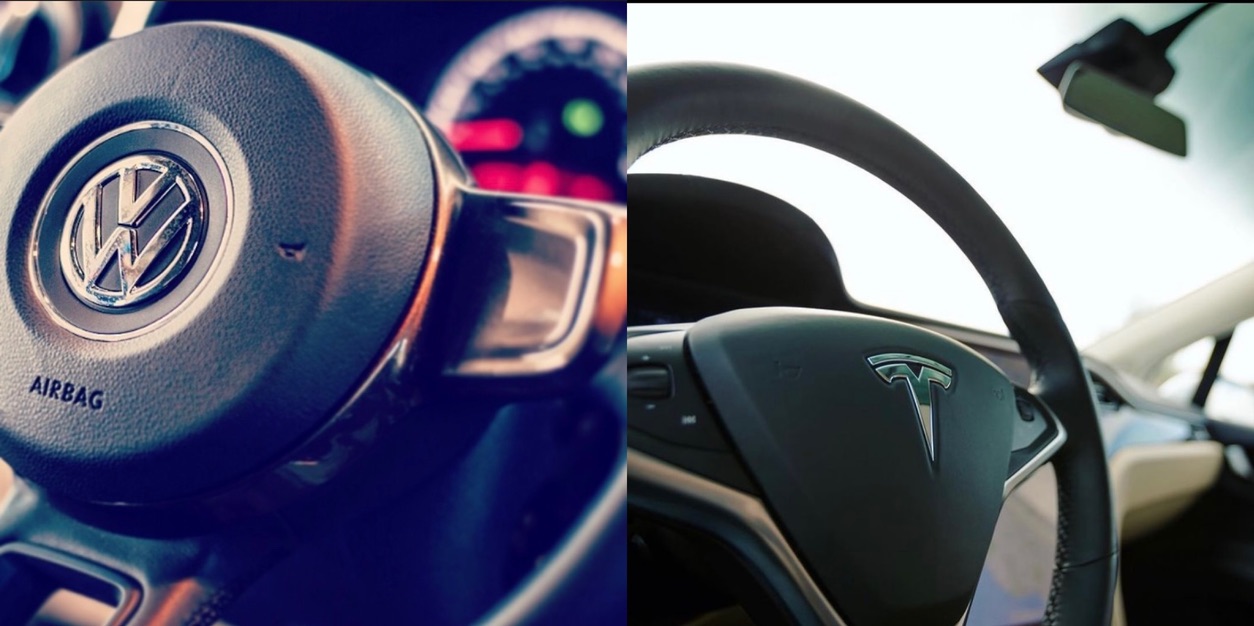
As the world’s largest auto market, China’s auto sales reached 25 million vehicles last year. FAW-Volkswagen sold 2.16 million vehicles last year.
Quick comment:
Tesla has traded carbon credits in other markets, but this is the first time it is trying it in China. It is unclear how many carbon credits FAW-Volkswagen will purchase from Tesla, but Tesla’s asking price is about 3,000 yuan per credit, higher than in previous years.
In the US market, regulatory agencies have also set similar environmental compliance requirements, and Tesla has sold carbon credits to competitors such as Fiat Chrysler. According to regulatory documents, Tesla’s revenue from selling carbon credits in 2020 totaled $1.58 billion.
This article is a translation by ChatGPT of a Chinese report from 42HOW. If you have any questions about it, please email bd@42how.com.
